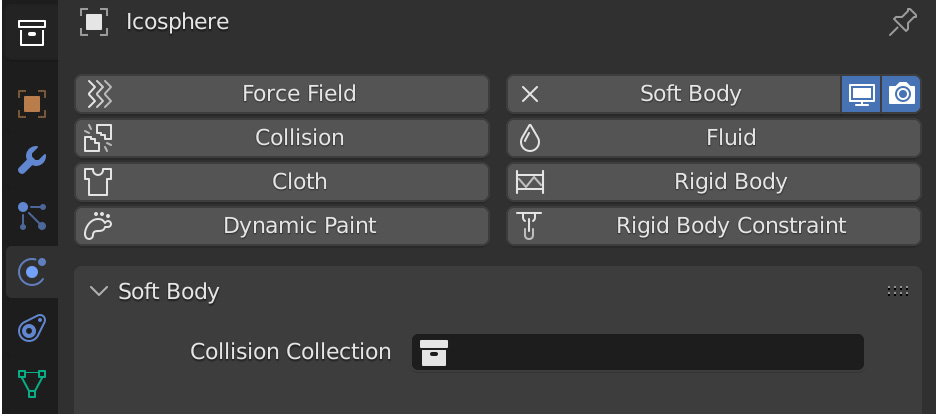Introduction to soft body simulations
As we mentioned at the start of this chapter, soft bodies are used to deform objects and make them look soft. The simulation calculates gravity, force fields, and the strength of the interior force connecting the vertices, and applies deformations accordingly. This gives a realistic look as if the object were filled with something. Think of a water balloon, for example.
To add a soft body simulation to an object, you need to head over to the Physics panel and select Soft Body, as illustrated in the following screenshot:

Figure 6.1 – Creating a soft body simulation
Unlike a Mantaflow simulation, you can use any object with control points or vertices for a soft body simulation. This includes meshes, curves, surfaces, and lattices. The number of vertices on the object also correlates to how the simulation will look. If you try to simulate a cube—for example—with only eight vertices, that’...



